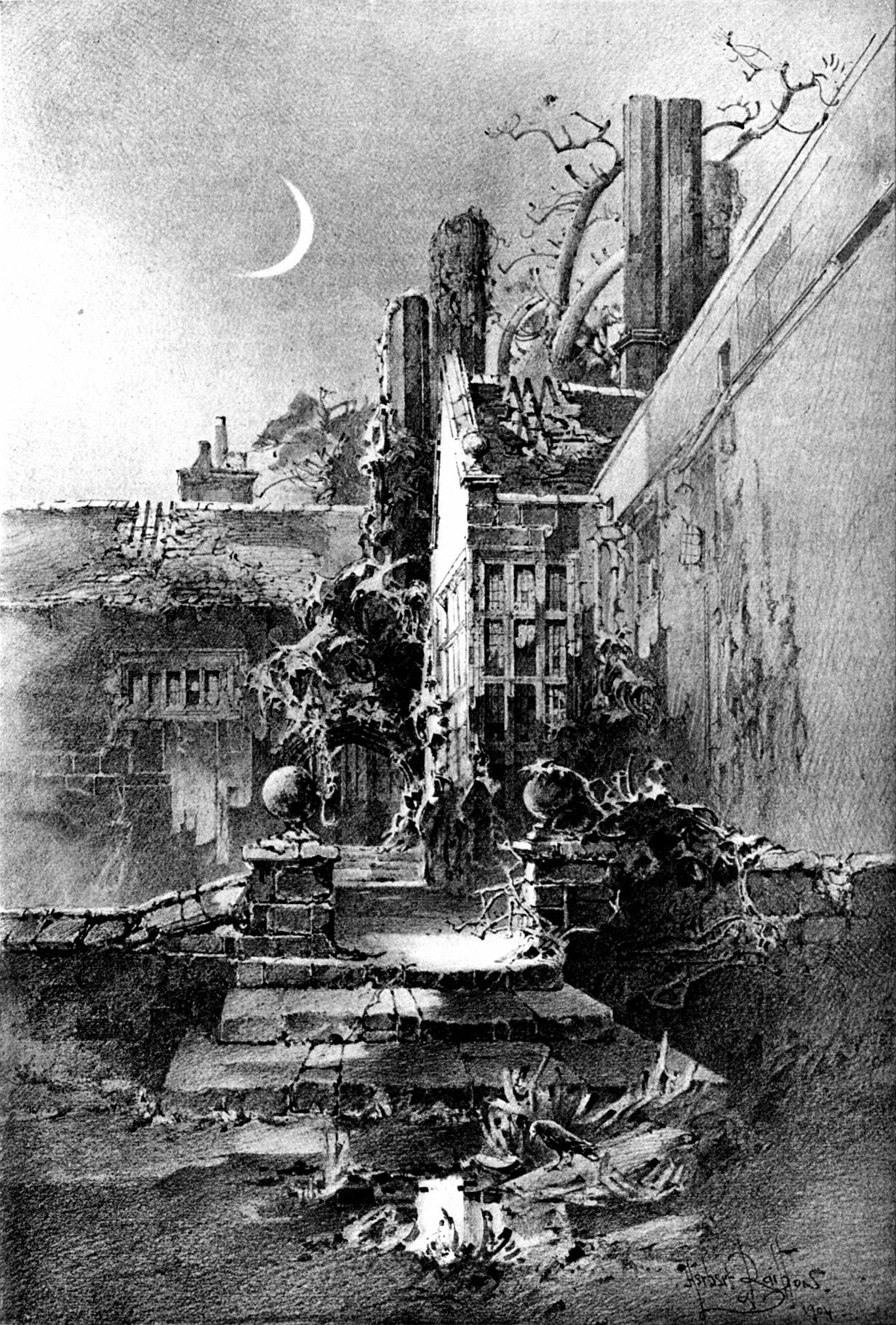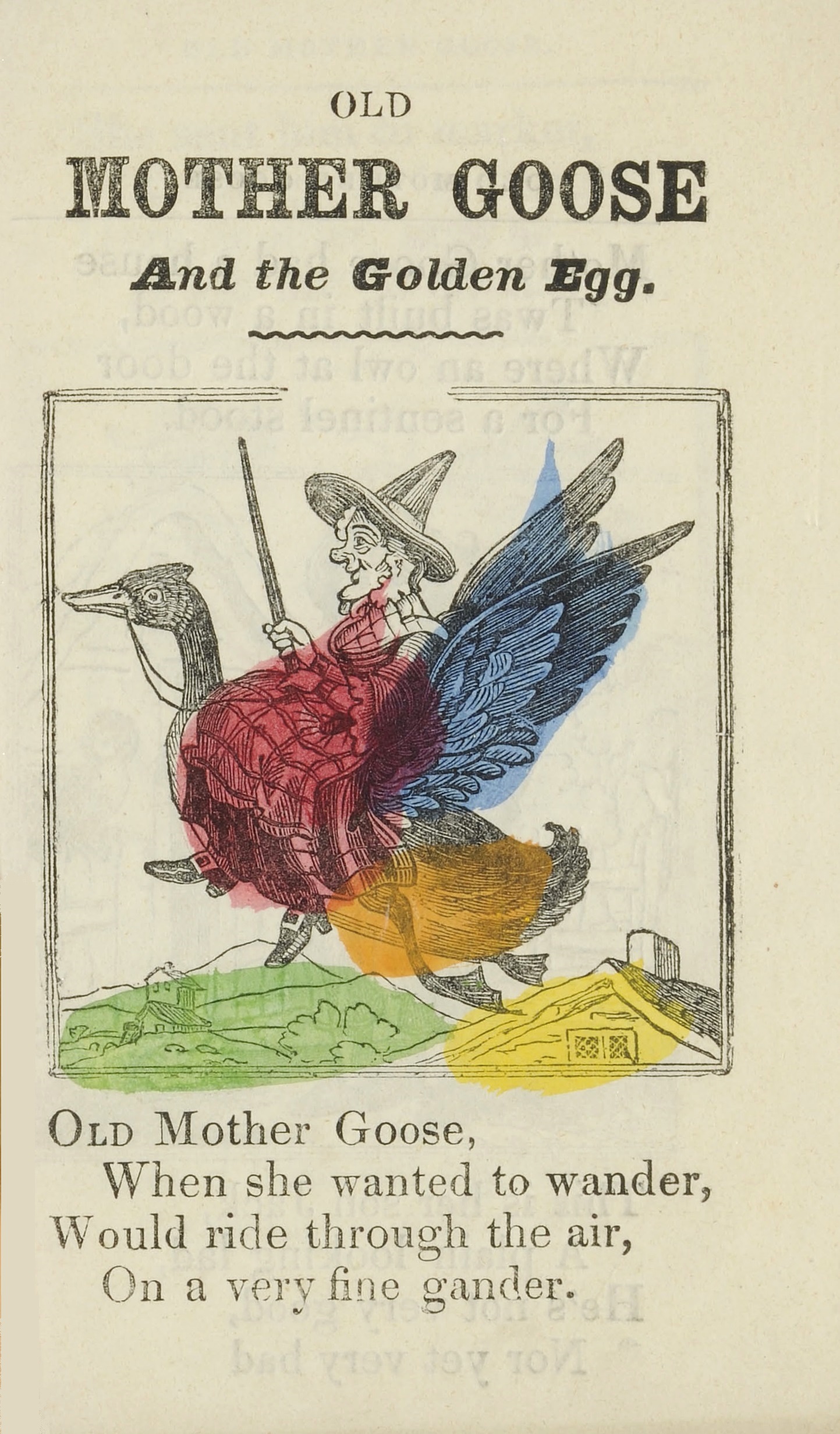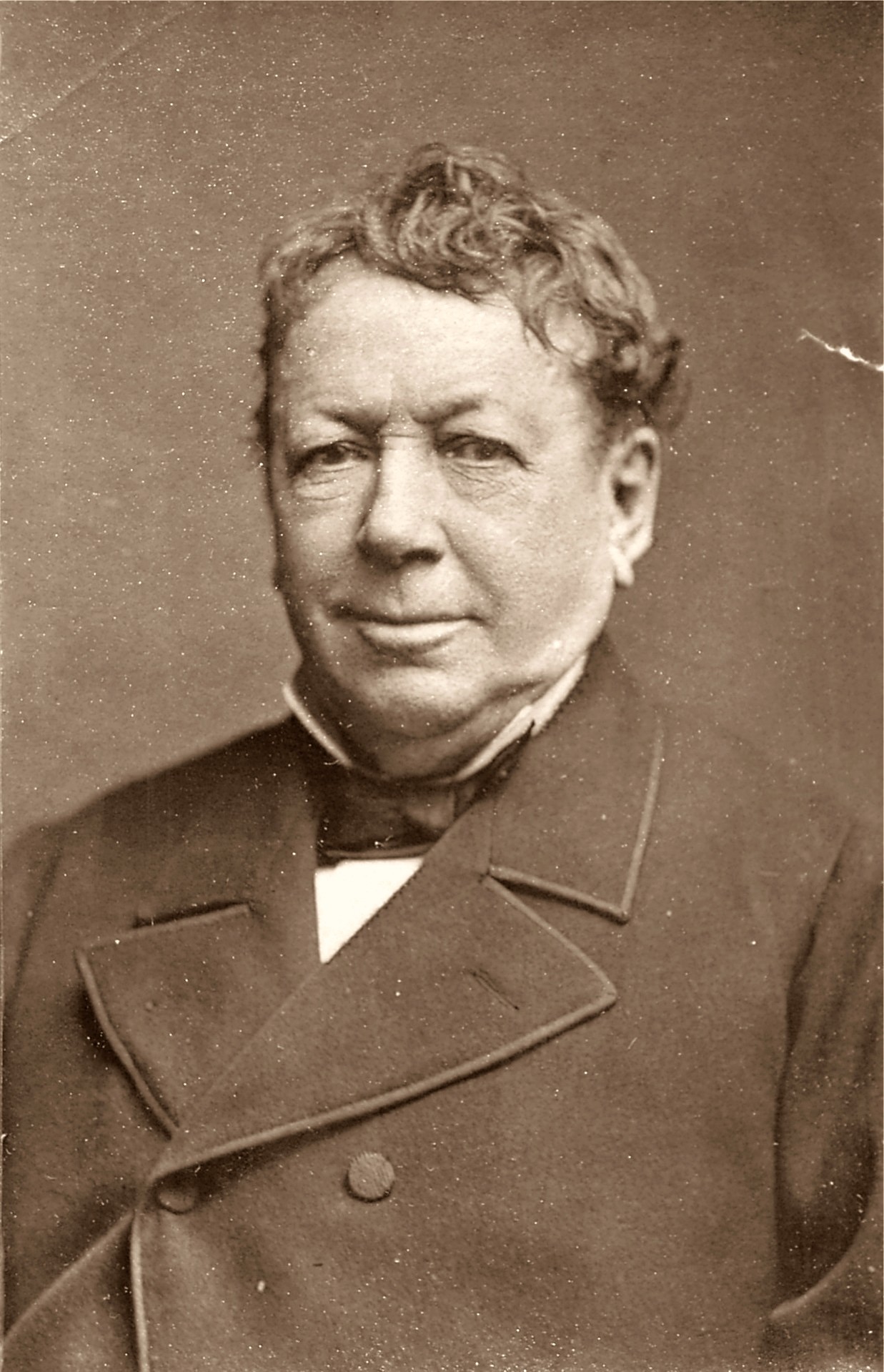|
Goldilocks
"Goldilocks and the Three Bears" (originally titled "The Story of the Three Bears") is a 19th-century English fairy tale of which three versions exist. The original version of the tale tells of an obscene old woman who enters the forest home of three bachelor bears while they are away. She eats some of their porridge, sits down on one of their chairs and breaks it, and sleeps in one of their beds. When the bears return and discover her, she wakes up, jumps out of the window, and is never seen again. The second version replaced the old woman with a young girl named Goldilocks, and the third and by far best-known version replaced the original bear trio with Papa Bear, Mama Bear, and Baby Bear. What was originally a frightening oral tale became a cosy family story with only a hint of menace. The story has elicited various interpretations and has been adapted to film, opera, and other media. "Goldilocks and the Three Bears" is one of the most popular fairy tales in the English la ... [...More Info...] [...Related Items...] OR: [Wikipedia] [Google] [Baidu] |
Robert Southey
Robert Southey ( or ; 12 August 1774 – 21 March 1843) was an English poet of the Romantic school, and Poet Laureate from 1813 until his death. Like the other Lake Poets, William Wordsworth and Samuel Taylor Coleridge, Southey began as a radical but became steadily more conservative as he gained respect for Britain and its institutions. Other romantics such as Byron accused him of siding with the establishment for money and status. He is remembered especially for the poem "After Blenheim" and the original version of "Goldilocks and the Three Bears". Life Robert Southey was born in Wine Street, Bristol, to Robert Southey and Margaret Hill. He was educated at Westminster School, London (where he was expelled for writing an article in ''The Flagellant'', a magazine he originated,Margaret Drabble ed: ''The Oxford Companion to English Literature'' (6th edition, Oxford, 2000), pp 953-4. attributing the invention of flogging to the Devil), and at Balliol College, Oxford. Southey ... [...More Info...] [...Related Items...] OR: [Wikipedia] [Google] [Baidu] |
Bear
Bears are carnivoran mammals of the family Ursidae. They are classified as caniforms, or doglike carnivorans. Although only eight species of bears are extant, they are widespread, appearing in a wide variety of habitats throughout the Northern Hemisphere and partially in the Southern Hemisphere. Bears are found on the continents of North America, South America, Europe, and Asia. Common characteristics of modern bears include large bodies with stocky legs, long snouts, small rounded ears, shaggy hair, plantigrade paws with five nonretractile claws, and short tails. While the polar bear is mostly carnivorous, and the giant panda feeds almost entirely on bamboo, the remaining six species are omnivorous with varied diets. With the exception of courting individuals and mothers with their young, bears are typically solitary animals. They may be diurnal or nocturnal and have an excellent sense of smell. Despite their heavy build and awkward gait, they are adept runners, cli ... [...More Info...] [...Related Items...] OR: [Wikipedia] [Google] [Baidu] |
Joseph Cundall
Joseph Cundall (22 September 1818 – 10 January 1895) was a Victorian English writer under the pseudonym of "Stephen Percy", a pioneer photographer and London publisher of children's books. He provided employment for many of the best artists of the day by using them as illustrators. Joseph was the son of Eliza and Benjamin Cundall, a draper. He trained as a printer in Ipswich, and aged 16 found work in London with Charles Tilt, a bookseller and publisher. He wrote two books for Tilt and succeeded N Hailes in 1841 at the Juvenile Library, 12 Old Bond Street. In 1848 he started a lending library for children called St. George's Reading Library. In 1843 Cundall became publisher of the ''Home Treasury'' children's books, a series conceived and edited by Henry Cole under the pseudonym ''Felix Summerly''. Cole, who was later knighted, became the first director of South Kensington Museum which later changed its name to the Victoria and Albert Museum. In 1848, he transformed the antago ... [...More Info...] [...Related Items...] OR: [Wikipedia] [Google] [Baidu] |
Joseph Jacobs
Joseph Jacobs (29 August 1854 – 30 January 1916) was an Australian folklorist, translator, literary critic, social scientist, historian and writer of English literature who became a notable collector and publisher of English folklore. Jacobs was born in Sydney to a Jewish family. His work went on to popularize some of the world's best known versions of English fairy tales including "Jack and the Beanstalk", "Goldilocks and the Three Bears", "The Three Little Pigs", " Jack the Giant Killer" and " The History of Tom Thumb". He published his English fairy tale collections: ''English Fairy Tales'' in 1890 and ''More English Fairy Tales'' in 1893 but also went on after and in between both books to publish fairy tales collected from continental Europe as well as Jewish, Celtic and Indian fairytales which made him one of the most popular writers of fairytales for the English language. Jacobs was also an editor for journals and books on the subject of folklore which included editin ... [...More Info...] [...Related Items...] OR: [Wikipedia] [Google] [Baidu] |
The Three Bears - Project Gutenberg EText 17034
''The'' () is a grammatical Article (grammar), article in English language, English, denoting persons or things already mentioned, under discussion, implied or otherwise presumed familiar to listeners, readers, or speakers. It is the definite article in English. ''The'' is the Most common words in English, most frequently used word in the English language; studies and analyses of texts have found it to account for seven percent of all printed English-language words. It is derived from gendered articles in Old English which combined in Middle English and now has a single form used with pronouns of any gender. The word can be used with both singular and plural nouns, and with a noun that starts with any letter. This is different from many other languages, which have different forms of the definite article for different genders or numbers. Pronunciation In most dialects, "the" is pronounced as (with the voiced dental fricative followed by a schwa) when followed by a consonant s ... [...More Info...] [...Related Items...] OR: [Wikipedia] [Google] [Baidu] |
Hobgoblin
A hobgoblin is a household spirit, typically appearing in folklore, once considered helpful, but which since the spread of Christianity has often been considered mischievous. Shakespeare identifies the character of Puck in his ''A Midsummer Night's Dream'' as a hobgoblin. Etymology The term "hobgoblin" comes from " hob" ("elf") The earliest known use of the word can be traced to about 1530, although it was likely in use for some time prior to that. Folklore Hobgoblins seem to be small, hairy little men who, like their close relatives the brownies, are often found within human dwellings, doing odd jobs around the house while the family is asleep. Such chores are typically small tasks like dusting and ironing. Often, the only compensation necessary in return for these is food. While brownies are more peaceful creatures, hobgoblins are more fond of practical jokes. They also seem to be able to shapeshift, as seen in one of Puck's monologues in ''A Midsummer Night's Dream''. Rob ... [...More Info...] [...Related Items...] OR: [Wikipedia] [Google] [Baidu] |
Mother Goose
The figure of Mother Goose is the imaginary author of a collection of French fairy tales and later of English nursery rhymes. As a character, she appeared in a song, the first stanza of which often functions now as a nursery rhyme. This, however, was dependent on a Christmas pantomime, a successor to which is still performed in the United Kingdom. The term's appearance in English dates back to the early 18th century, when Charles Perrault’s fairy tale collection, ''Contes de ma Mère l'Oye'', was first translated into English as ''Tales of My Mother Goose''. Later a compilation of English nursery rhymes, titled ''Mother Goose's Melody, or, Sonnets for the Cradle'', helped perpetuate the name both in Britain and the United States. The character Mother Goose's name was identified with English collections of stories and nursery rhymes popularised in the 17th century. English readers would already have been familiar with Mother Hubbard, a stock figure when Edmund Spenser pub ... [...More Info...] [...Related Items...] OR: [Wikipedia] [Google] [Baidu] |
St Paul's Cathedral, London
St Paul's Cathedral is an Anglican cathedral in London and is the seat of the Bishop of London. The cathedral serves as the mother church of the Diocese of London. It is on Ludgate Hill at the highest point of the City of London and is a Grade I listed building. Its dedication to Paul the Apostle dates back to the original church on this site, founded in AD 604. The present structure, dating from the late 17th century, was designed in the English Baroque style by Sir Christopher Wren. Its construction, completed in Wren's lifetime, was part of a major rebuilding programme in the city after the Great Fire of London. The earlier Gothic cathedral (Old St Paul's Cathedral), largely destroyed in the Great Fire, was a central focus for medieval and early modern London, including Paul's walk and St Paul's Churchyard, being the site of St Paul's Cross. The cathedral is one of the most famous and recognisable sights of London. Its dome, surrounded by the spires of Wren's City chur ... [...More Info...] [...Related Items...] OR: [Wikipedia] [Google] [Baidu] |
The Story Of The Three Bears Pg 25
''The'' () is a grammatical article in English, denoting persons or things already mentioned, under discussion, implied or otherwise presumed familiar to listeners, readers, or speakers. It is the definite article in English. ''The'' is the most frequently used word in the English language; studies and analyses of texts have found it to account for seven percent of all printed English-language words. It is derived from gendered articles in Old English which combined in Middle English and now has a single form used with pronouns of any gender. The word can be used with both singular and plural nouns, and with a noun that starts with any letter. This is different from many other languages, which have different forms of the definite article for different genders or numbers. Pronunciation In most dialects, "the" is pronounced as (with the voiced dental fricative followed by a schwa) when followed by a consonant sound, and as (homophone of pronoun ''thee'') when followed by a v ... [...More Info...] [...Related Items...] OR: [Wikipedia] [Google] [Baidu] |
The Golden Key (MacDonald)
The Golden Key may refer to: Film * The Golden Key (1939 film), ''The Golden Key'' (1939 film), a Soviet fantasy film directed by Aleksandr Ptushko * The Golden Key (2001 film), ''The Golden Key'' (2001 film), a Vietnamese romantic war film directed by Lê Hoàng Literature * The Golden Key (Grimm's Fairy Tales), "The Golden Key" (Grimm's Fairy Tales), a fairy tale * The Golden Key (MacDonald book), ''The Golden Key'' (MacDonald book), an 1867 fairy tale by George MacDonald * The Golden Key (novel), ''The Golden Key'' (novel), a 1996 fantasy novel by Jennifer Roberson, Melanie Rawn, and Kate Elliott * ''The Golden Key, or the Adventures of Buratino'', a 1936 book by Aleksey Nikolayevich Tolstoy * "The Golden Key", a religious pamphlet by Emmet Fox See also * Les Clefs d'Or (lit. The Golden Keys), a professional association of hotel concierges * Golden key (other) {{disambiguation ... [...More Info...] [...Related Items...] OR: [Wikipedia] [Google] [Baidu] |
George MacDonald
George MacDonald (10 December 1824 – 18 September 1905) was a Scottish author, poet and Christian Congregational minister. He was a pioneering figure in the field of modern fantasy literature and the mentor of fellow writer Lewis Carroll. In addition to his fairy tales, MacDonald wrote several works of Christian theology, including several collections of sermons. His writings have been cited as a major literary influence by many notable authors including Lewis Carroll, W. H. Auden, David Lindsay, J. M. Barrie, Lord Dunsany, Elizabeth Yates, Oswald Chambers, Mark Twain, Hope Mirrlees, Robert E. Howard, L. Frank Baum, T. H. White, Richard Adams, Lloyd Alexander, Hilaire Belloc, G. K. Chesterton, Robert Hugh Benson, Dorothy Day, Thomas Merton, Fulton Sheen, Flannery O'Connor, Louis Pasteur, Simone Weil, Charles Maurras, Jacques Maritain, George Orwell, Aldous Huxley, Ray Bradbury, C. H. Douglas, C. S. Lewis, J. R. R. Tolkien, Walter de ... [...More Info...] [...Related Items...] OR: [Wikipedia] [Google] [Baidu] |
John Baldwin Buckstone
John Baldwin Buckstone (14 September 1802 – 31 October 1879) was an English actor, playwright and comedian who wrote 150 plays, the first of which was produced in 1826. He starred as a comic actor during much of his career for various periods at the Adelphi Theatre and the Haymarket Theatre, managing the Haymarket from 1853 to 1877. Biography Buckstone was born in Hoxton, London, the son of John Buckstone, a retired shopkeeper, and his wife Elizabeth (née Baldwin).Roy, Donald"Buckstone, John Baldwin (1802–1879)" ''Oxford Dictionary of National Biography'', Oxford University Press, 2004; online edn, January 2008, accessed 3 January 2015 He was educated at Walworth Grammar School and was briefly apprenticed on a naval ship at age 10 but returned to school. He studied law and was articled to a solicitor but turned to acting by age 19.''The Times'', 1 November 1879, p. 5 Early career Buckstone first joined a travelling troupe in 1821 as Gabriel in ''The Children in the Wood''. ... [...More Info...] [...Related Items...] OR: [Wikipedia] [Google] [Baidu] |
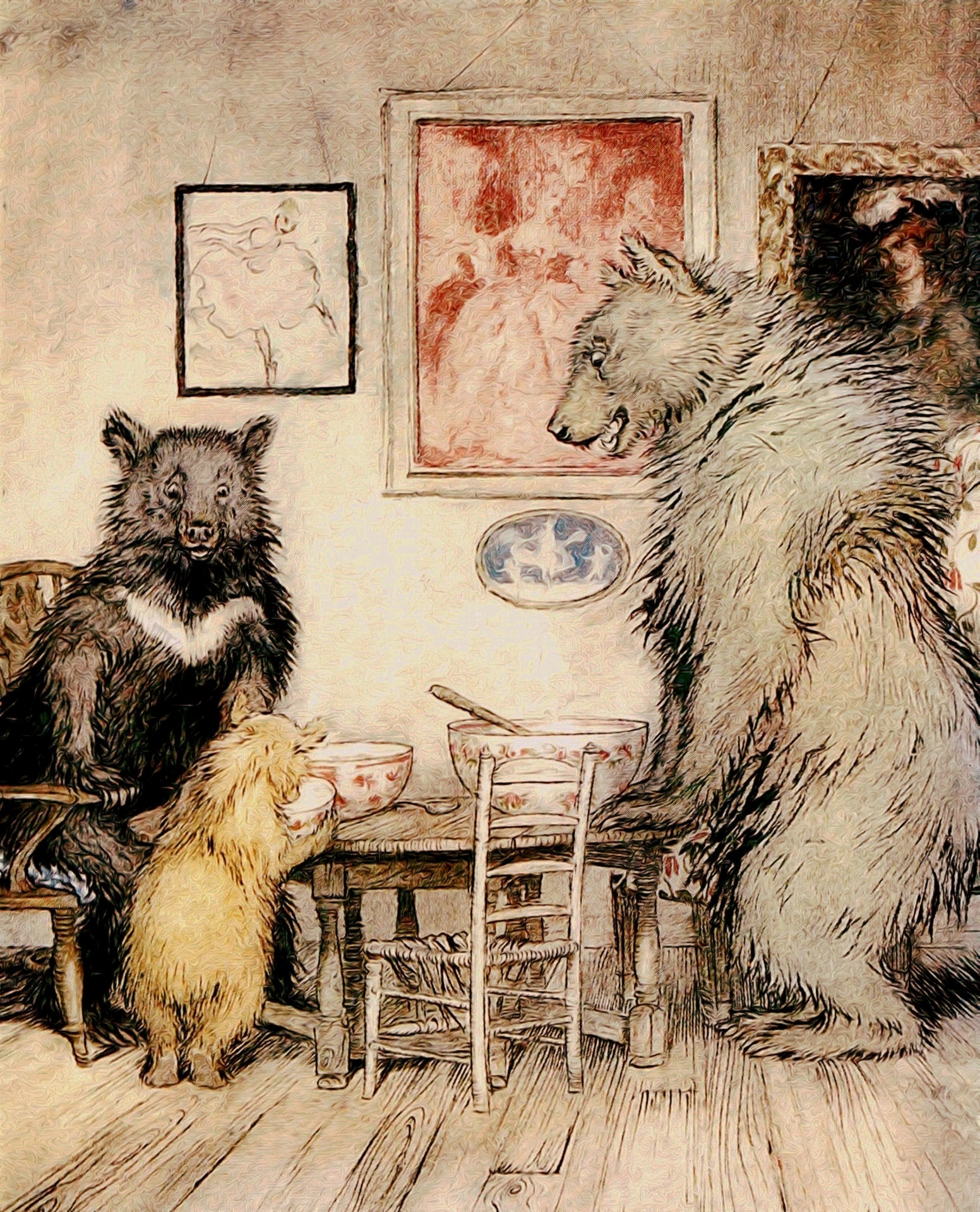
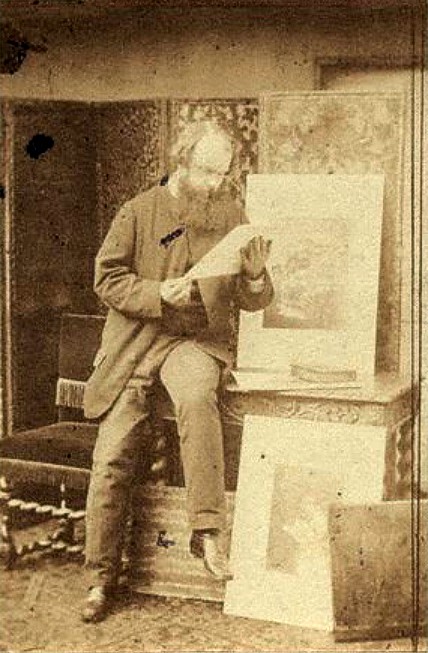

.png)
